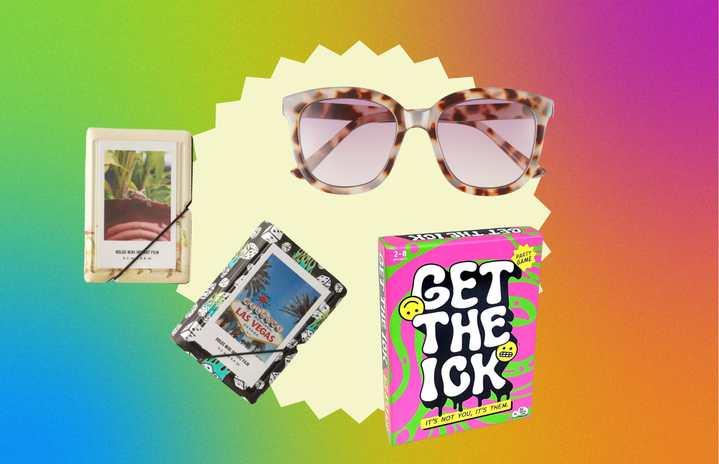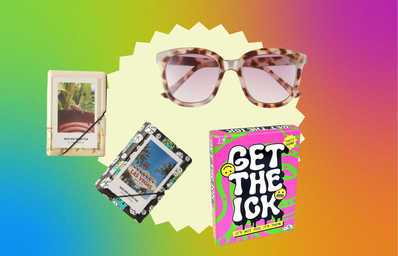It seems like every time I log into social media, TikTok in particular, I am absolutely bombarded with the new ‘it product’ of the week. Influencers fill my feed, claiming that I need to have this thing and that it will drastically change my life. This might be a mediocre product that companies pay millions of dollars for phony sponsorships, but more often than not, it is a product that absolutely blows up by consumers.
We all know the hype around Stanley Cups that completely mesmerized society last year. It seemed like anyone who was anyone had a Stanley Cup, you know, those water bottles that had been out for decades long before they went viral? But suddenly, at some point last year, it went completely viral across social media and was sold out everywhere. Everyone had them: 8-year-olds, middle-aged women, college students, athletes, and dads; it was the fad of the year. I too was hypnotized by the idea of a giant handle on my water bottle and was honestly very close to buying one, $45 seemed cheap enough to give in. But then I remembered the 4 HydroFlasks I still use daily after the crazy HydroFlask trend of 2018 and 2019 and realized I didn’t actually want it; I just wanted to follow the trend. Back then, anyone who was anyone had a HydroFlask. Now, they are seen as lame. Why does society place so much pressure on something so minuscule as what water bottle we use?
The idea of flash fads is hurtful not only to our bank accounts, seeing as a quick Google search shows some Stanley’s listed at over $2,000, but also to the environment. The entire point of using a reusable water bottle, such as a Stanley cup or HydroFlask, is to reduce plastic waste from single-use water bottles. I scroll through TikTok, and all I see are videos like “my Stanley Cup collection” or “Stanley Cup haul,” where users show off their collection of reusable cups, most of the time having over 20 different variations.
Big companies such as Starbucks love to take advantage of the ‘it product’ trend and create collaborations. When Starbucks collaborated with Stanley to create a cup (spoiler alert: it’s just a basic pink Stanley cup), consumers camped out the night before and stormed into the store like a pack of angry wolves to get their hands on a seemingly mediocre product. These cups are now listed for hundreds, even THOUSANDS of dollars, on resale sites such as Stock X and eBay.
In my opinion, flash fads have gotten so far out of hand and truly bring out the worst in people. Social media fool consumers into thinking that buying the new ‘it-product’ will give them a better quality of life or higher social status. I can’t speak on whether that is true or not, but what I do know is that flash fads harm the environment through overconsumption. I mean, who can use 40 reusable water bottles regularly? We all know they’re probably just sitting on a shelf collecting dust. Flash fads are also horrible for our bank accounts. Companies use consumers’ longing for belonging against them and up-charge for things they know are trendy.
The next time you find yourself longing to buy the current ‘it product,’ ask yourself, “Is it something that will bring me genuine happiness?” “Is it worth the price?” and “Will I actually use this regularly?” If you answered no to any of these, the flash fad is probably worth skipping, but just wait a couple of weeks, and the next ‘it product’ will bombard you again.


